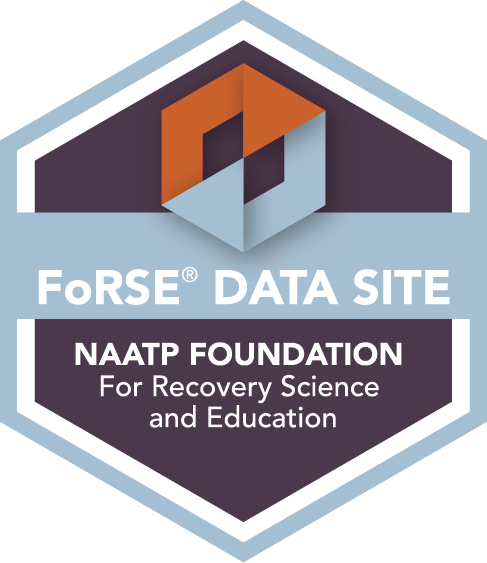
The terms “opioid” and “opiate” have come to be used interchangeably to refer to the pain-relieving drugs that bind to opioid receptors in the body. They come in natural, synthetic, and semi-synthetic forms. However, these terms actually refer to two different classes of drugs that have different effects.
Opioids refer to synthetic and semi-synthetic forms of the drug, while “opiate” is shorthand for naturally-derived opium alkaloids. More and more, however, opioid is becoming the umbrella term for all these drugs, even in the case of opioid addictions.
The Four Kinds of Opioids
The four kinds of opioids are as follows:
- Endogenous opioids, which are produced by the body
- Opium alkaloids or natural opiates, which include codeine and morphine
- Semi-synthetic opioids, which include hydrocodone, oxycodone, and buprenorphine
- Fully synthetic opioids, which include fentanyl, methadone, and naloxone
These drugs are often prescribed for mild-to-severe pain. They work by attaching to the opioid receptors in the body, sending signals to the brain to reduce the severity of the sensation. They also slow the breathing, generate a sense of relaxation, and sometimes produce euphoric effects. It is for these reasons that opioid addictions are becoming more common.
Other Ways to Classify Them
These drugs are also classified depending on how they interact with receptors. These classifications are called full agonist, partial agonist, and antagonist. Agonist opioids fully activate the opioid receptors to produce a full effect. These include heroin, oxycodone, methadone, and morphine.
Partial agonists activate the receptors at a lesser degree, producing weaker effects. These are commonly used for staving off the effects of opioid addiction by creating a similar, but less addictive effect. This can lessen the intensity of withdrawal symptoms in those recovering from addiction.
Antagonists attach to receptors without activating them, producing no known opioid effects. They block the attachment of agonists to the receptors. Some examples are naltrexone and naloxone. These medications are used to reverse heroin overdoses and are available by prescription.
When injected into the system, antagonists can reverse the effect of opioids in the event of an emergency. This can stave off the more serious effects of opioid overdose until the patient can be brought to a hospital.
The Causes of Addiction
The addictive nature of opioids comes from the extremely euphoric effects it can produce. The problem with opioid addiction is that it can develop in a short period of time, as it can produce a high degree of tolerance quickly. That means addicts will need more and more of it every time to produce the effect they desire.
It is the reason why the use of many of these drugs is restricted without prescriptions or outright illegal. They can cause people to quickly lose control of their amount of use, especially since the dependence is hard to kick.
Talk to a Substance Abuse Clinic
As such, withdrawal is often far more intense, with recovered addicts reporting the experience as excruciating. If you or any of your loved ones has developed an opioid addiction, make sure to consult the professionals at substance abuse clinics like American Treatment Network for immediate access to care. There you can be put on a medication-assisted (MAT) recovery program that uses treatment with partial agonist medications to step you down from addiction gradually and safely.
Opioid Treatment in Havertown, PA
Give us at the American Treatment Network a call, and we can help plan out the process for you or someone close to you suffering from addiction. We can help you kick the habit and live a long and meaningful life free from opioid addiction.


